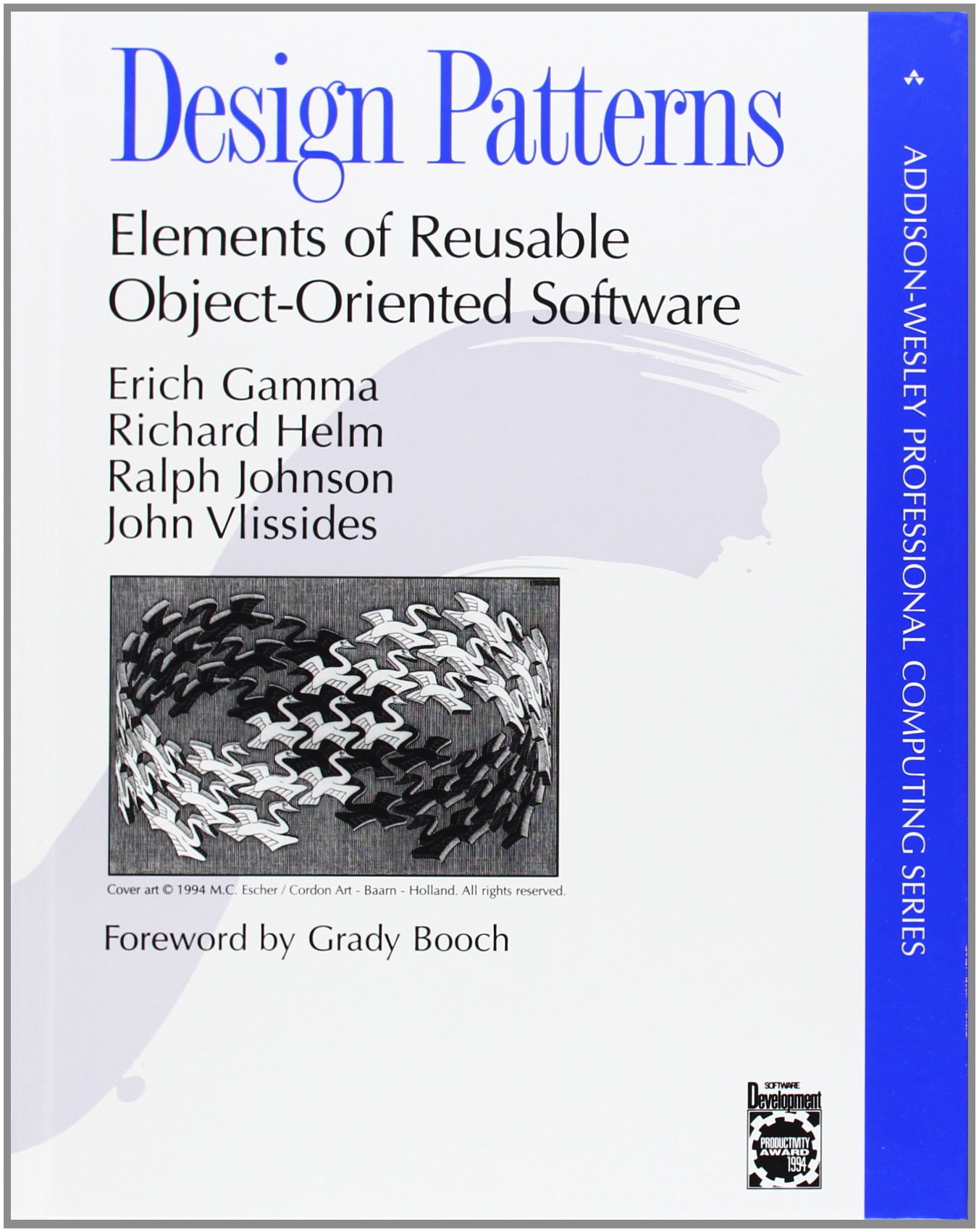C# - Gang Of Four - Design Patterns, Elements Of Reusable Object Oriented Software ebook
Par foster tina le vendredi, janvier 13 2017, 11:22 - Lien permanent
C# - Gang Of Four - Design Patterns, Elements Of Reusable Object Oriented Software. Erich Gamma, John M. Vlissides, Ralph Johnson, Richard Helm

C.Gang.Of.Four.Design.Patterns.Elements.Of.Reusable.Object.Oriented.Software.pdf
ISBN: 0201634988,9780201634983 | 551 pages | 14 Mb

C# - Gang Of Four - Design Patterns, Elements Of Reusable Object Oriented Software Erich Gamma, John M. Vlissides, Ralph Johnson, Richard Helm
Publisher: Addison-Wesley Professional
The singleton pattern was described in the book “Design Patterns, Elements of Reusable Object-Oriented Software”, commonly called the Gang of Four book. They represent repetitive design concepts that do not differ much. These core patterns address issues in mainline object-oriented programming (OOP) and we will find lots of books that have implemented the patterns in Java, Visual Basic and C#. Something I would encourage *everyone* to do is to read the first two paragraphs of the "gang of four" Design Patterns book, Chapter 1, Introduction. It covers the classic "Gang of Four" software Design Patterns: Elements of Reusable Object-Oriented Software by Gamma, Helm, Johnson, and Vlissides (aka The Gang of Four). Head First Design Patterns; Head First Java; Design Patterns: Elements of Reusable Object-Oriented Software; Fundamentals of Object-Oriented Design in UML .. How often have you seen the disclaimer, "This isn't Although it is written for Java developers, it is equally applicable to and comprehensible by C# developers. Discussion forum, that the design patterns become popular after they were introduced in Erich Gamma, Richard Helm, Ralph Johnson, and John Vlissides in a book "Design Patterns: Elements of Reusable Object-Oriented Software (Addison- Wesley)" also known as GoF (Gang of Four). Release It!: Design and Deploy Production-Ready Software by Michael Nygard. In fact Sometimes having the forced formalism of a "strong OO" language like AS, C#, or Java can make you see where a lot of these patterns came from.